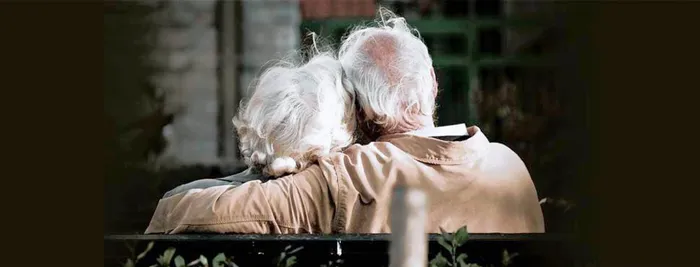Palliative care: Living life to fullest until the end

File photo: Independent Media File photo: Independent Media
People in need of hospice care in the country are often referred too late, with only 17% of the people needing the care receiving it.
This according to Dr Liz Gwyther, chief executive of the Hospice and Palliative Care Association of South Africa.
National Hospice Week was commemorated this week, themed “Palliative care for all”, and has been used to highlight the role of partnership in providing support and care for people with life-threatening illnesses.
The World Health Organisation (WHO) defines palliative care as “an approach that improves the quality of life of patients and their families facing the problems associated with life-threatening illnesses, through the prevention and relief of suffering by means of early identification and impeccable assessment and treatment of pain and other problems, physical, psycho-social and spiritual”.
Hospices offer palliative care, which according to the national Department of Health, normalises the process of death by neither hastening it nor prolonging it.
But it is also an approach not clearly understood or known enough about, Gwyther said.
“On the one hand, our country’s health professionals are not all trained in palliative care (save for the specialists), and on the other hand, the people in the communities think it is only about dying. Yet it is, in fact, about living as actively as possible,” she explained.
It’s a sentiment shared by Dr Linessa Moodley, a psychiatrist at Akeso Clinic in Kenilworth, with a postgraduate diploma in palliative care.
“Patients (and many doctors) feel that it is synonymous with hospice care and reserved only for those who are both terminally ill and/or imminently about to die.
“It is, however, not limited to the above population; it is a model of care that utilises a holistic framework in assessing a person’s physical, emotional, psychological and spiritual needs, and thus produces an integrated treatment plan that is unique to the individual patient.
“It comprises a multi-disciplinary team of healthcare professionals, including doctors, nurses, social workers, physiotherapists etc. It is also vital to note that palliative care can be used in conjunction and concurrently with curative treatment,” she explained.
On April 6 this year, the National Health Council approved a national policy on palliative care – meaning that all doctors and nurses would be trained on the speciality and that it could be administered at normal health facilities.
“We are so excited about this move, but now the work begins,” Gwyther stated, “We’re so busy looking at what training on this is is being offered in the country and how that can be improved.”
But also key to Gwyther was the need to educate people on advanced healthcare planning so they can talk with their family and their doctor about their own choices and preferences in the event of experiencing serious illness or injury, and to document our wishes for care if we are seriously ill or injured.
“It’s an evolved living will, about the kind of person you are as well as what you want and don’t want if there is hope of recovery or not (of illness or injury).
“A recent study in Australia showed that nearly 40% of people at the end of life were receiving non-beneficial treatment.
“Another study in Japan showed that 90% of people on ventilator support die. With palliative care, 90% of it is done in the comfort of a person’s home, as well as the pain management techniques,” Gwyther added.
For the staff at HospiceWits, in Joburg, the hospice care they provided was about the patient’s journey with their health.
Speaking from the tranquil, leafy grounds that house HospiceWits – which services between 2 000 and 3 000 patients a year and provides 60 000 bereavement interventions for families annually – Joy Ruwodo, its marketing manager, said: “The biggest thing for family members to know is that they shouldn’t be afraid to ask. The most common statement we hear here from the families is, ‘We wish we would have known’. And it doesn’t matter how early it is in the patient’s diagnosis and treatment journey.”
Despite having a R36 million budget, Ruwodo said only R2m to R3m of it was paid by medical aid, so they relied on donations and fundraising.
“We help patients embrace life and equip them to live. If a patient cannot afford to pay, we are not going to turn them away.
“We cover 70% of the greater Joburg area as well as Soweto, and 70% of our patients come to us without a penny because they had already exhausted their fund on medical expenses...
“We can’t prolong life, but we do our best to ensure you can live what is remaining of it to the fullest,” Ruwodo concluded.